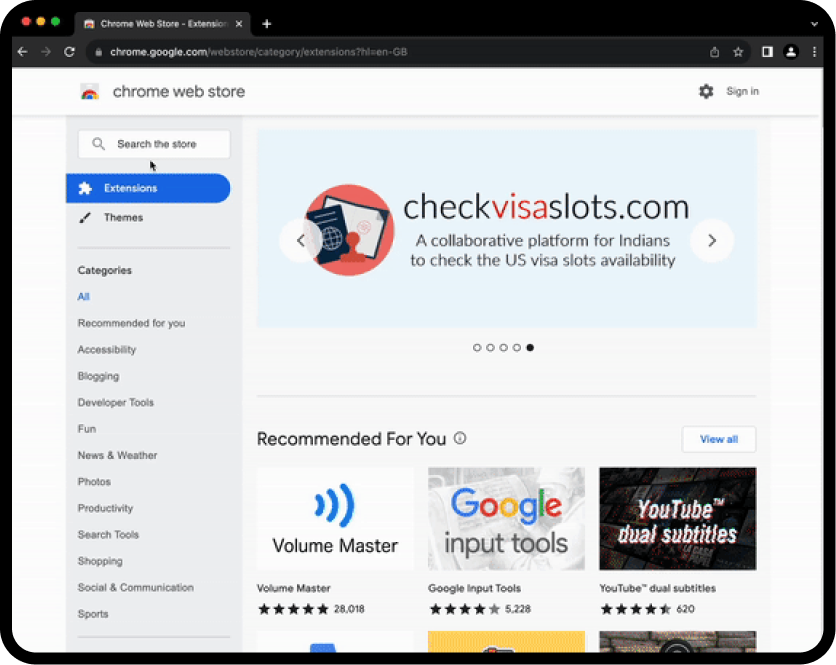Image Size Converter
Converts image dimensions between pixels, inches, and centimeters, with optional DPI support, for web and print asset sizing.

Check It Yourself
About This Tool
Purpose & User Intent: This tool addresses the need to convert image dimensions across display and print units while optionally accounting for DPI. Intended users include graphic designers, front-end engineers, asset managers, and production studios who size images for multiple media channels. When assets must align with specific output sizes or density, accurate unit conversion prevents under- or over-sized assets. The tool supports common units (pixels, inches, centimeters, millimeters, points) and provides DPI-aware calculations to translate between physical and digital dimensions. Use cases include preparing social media images with fixed pixel widths, exporting print-ready images at 300 DPI, and validating asset specs across teams. Core value lies in precision, speed, and reproducibility: a single source of truth for dimension data that reduces manual calculation errors and aligns with project briefs. The engine can handle single-value conversions and batch scenarios, enabling quick checks for numerous assets. Distinctive features include explicit DPI handling, batch-ready input parsing, and a clear separation of unit domains to avoid ambiguities between screen-based and print measurements. Edge cases such as non-numeric values, unsupported units, and missing DPI values are addressed with strict validation rules, returning explicit, unambiguous results. Core Logic & Features: The tool implements a two-tier conversion approach: (1) unit normalization (px, inches, cm, mm, pt) and (2) DPI-aware mapping between display and print sizes. Required features include: input validation, unit mapping, DPI handling, ability to convert between any two units, and a small batch mode. Optional/advanced features: auto-detection of DPI from metadata, batch CSV/TSV input, and export options (JSON/CSV). Inputs & Outputs: Inputs include value (number), source_unit (enum), target_unit (enum), dpi (number, optional, default 72). Sample: value=1200, source_unit=px, target_unit=in, dpi=96. Outputs include converted_value (number) and units; If applicable, physical_size values in inches/cm/mm; Output formatting uses decimal with up to 4 decimals, trimmed trailing zeros. Algorithms & Calculations: Core formulas: inches = px / dpi; cm = inches * 2.54; mm = cm * 10; pt = inches * 72; If converting from physical units to pixels, px = (value_in_inches * dpi); Then apply conversion to target unit. The tool uses consistent rounding to 4 decimals; references: standard unit conversion tables. Error & Edge Cases: Invalid numeric input yields error flag; Unsupported unit yields clear error; Missing dpi defaults to 72; DPI <= 0 invalid; high-precision values supported. Industry/Region & Localization: Supports metric and imperial units; DPI values align with printing (300 DPI), screen (72/96/120/144) families; no currency or region-specific formats; number formatting uses dot as decimal separator. Assumptions & Exclusions: Assumes inputs numeric; Not performing image resampling, color space changes, metadata extraction; Not resizing actual image; Not handling aspect ratio.
How to Use
1. Provide inputs: value, source_unit, target_unit, and optional dpi.
2. Include optional DPI when converting between pixels and physical units.
3. Run calculation to obtain converted_value and derived physical size if applicable.
4. Review outputs for consistency with project briefs and asset specs.
5. For multiple assets, repeat or switch to batch mode by supplying CSV-like data.

FAQs/Additional Resources
Find Quick Answers
What units are supported?
How does DPI affect results?
Can I batch convert?
What if inputs are invalid?
User Reviews
See What Others Are Saying
Explore Related Tools
More Solutions for Your Needs
UTC to Local Time
Converts a UTC timestamp to the corresponding local time in a selected time zone, with proper DST handling for accurate scheduling and logging across regions.
UTM URL Converter
Generates and validates UTM-tagged URLs for marketing campaigns, enabling consistent attribution, clean analytics integration, and streamlined tag management for teams.
Your Feedback Matters
Help Us to Improve

 Norwegian
Norwegian
 Danish
Danish
 German
German
 English
English
 Spanish
Spanish
 French
French
 Italian
Italian
 Dutch
Dutch
 Portuguese
Portuguese
 Swedish
Swedish
 Hebrew
Hebrew
 Arabic
Arabic









